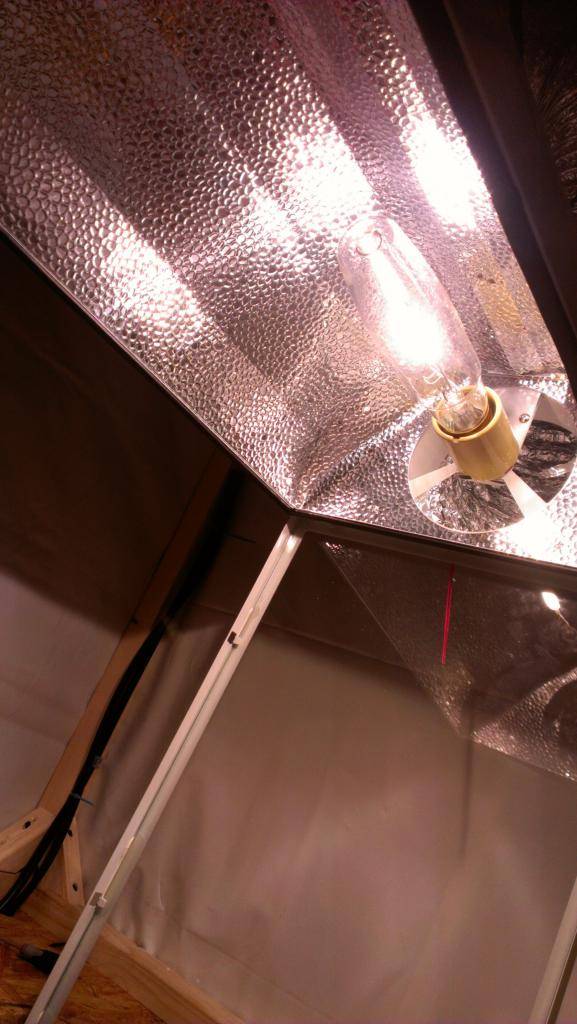GreenThumb14
Member
My 250w retro white finally arrived today...
Highest temp on the bulb I measured was right near 500F, coolest was just below 200F. This is with the glass on the hood open and the vent fan off...
Weird thing is that this Accendo ballast hums... Doesn't get hot or really even warm to the touch but it hums. I only had it on for about 10min and it seemed to get a little quieter as the minutes rolled on but it still hummed away.

** Humming quiets down as the bulb warms up but hasn't completely stopped. Going to call Accendo tomorrow about it. The case gets pretty hot, hot enough to burn your hand. It takes a few hours to warm up to that level. I'm pretty certain the case is made of stainless steel, though... And with no cooling fan or fins, well that would explain the temperature. Accendo recommends in their installation instructions to mount the ballast on a hunk of aluminum. Other than that, I've seen no flickers or even color shifts. It's been running very consistent. The ballast starts the bulb up very slowly... Which I assume is like a "soft start" function.
Highest temp on the bulb I measured was right near 500F, coolest was just below 200F. This is with the glass on the hood open and the vent fan off...
Weird thing is that this Accendo ballast hums... Doesn't get hot or really even warm to the touch but it hums. I only had it on for about 10min and it seemed to get a little quieter as the minutes rolled on but it still hummed away.
** Humming quiets down as the bulb warms up but hasn't completely stopped. Going to call Accendo tomorrow about it. The case gets pretty hot, hot enough to burn your hand. It takes a few hours to warm up to that level. I'm pretty certain the case is made of stainless steel, though... And with no cooling fan or fins, well that would explain the temperature. Accendo recommends in their installation instructions to mount the ballast on a hunk of aluminum. Other than that, I've seen no flickers or even color shifts. It's been running very consistent. The ballast starts the bulb up very slowly... Which I assume is like a "soft start" function.




